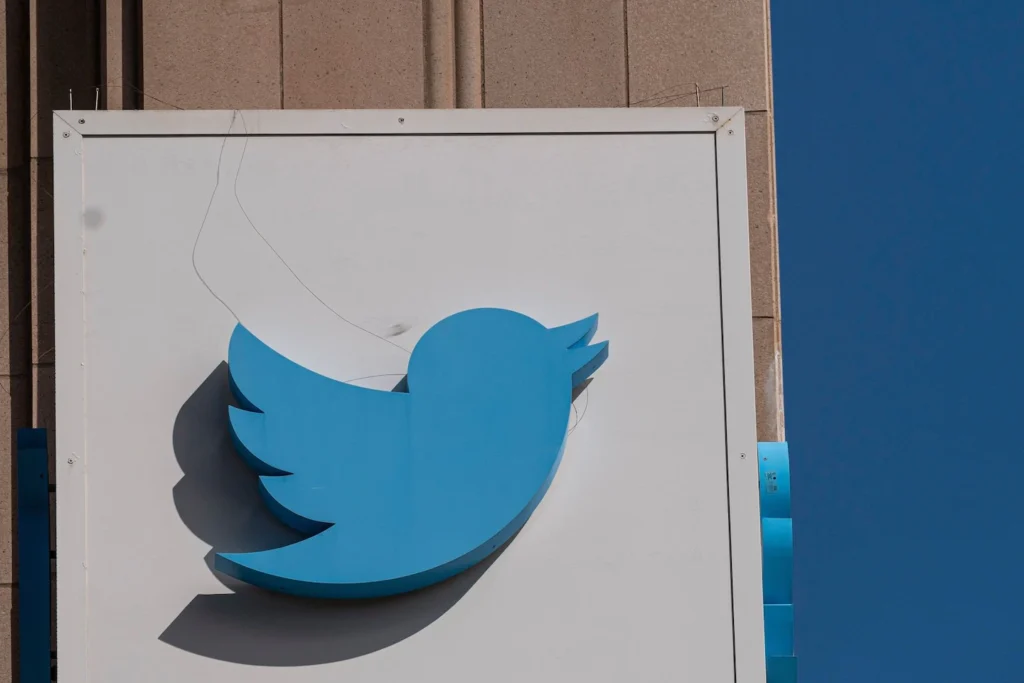
Users in the test group will see a message inviting them to click for more context when they encounter a tweet that has been flagged by a volunteer fact-checker participating in Birdwatch. There, they’ll find one or more notes written by Birdwatch contributors, correcting or adding relevant background to the tweet itself, and ideally citing reliable outside sources. They’ll then be asked to rate the note’s helpfulness — ratings that in turn are used to determine whether to continue showing that note to others on Twitter.
Twitter launched the Birdwatch pilot more than 13 months ago, inviting interested users to apply to become volunteer fact-checkers. As The Washington Post reported on Tuesday, Twitter has enrolled some 10,000 people in the pilot, but just 359 of those had actively contributed fact-checking notes in 2022, as of Feb. 24. In all, Birdwatch contributors have been flagging about 43 tweets per day in recent months, a vanishingly small fraction of the posts on a global platform that is used by some 217 million people each day.
The hope is that, eventually, crowdsourced fact checks can help Twitter users avoid falling for and spreading misinformation, while helping Twitter itself limit the spread of such information.
Twitter is taking a cue from sites including Wikipedia that harness volunteer labor to vet information transparently, at high speed and low cost. The approach differs from rival Facebook’s, which has relied on partnerships with professional fact-checking organizations to identify false posts.
The test is a sign that the Birdwatch project is alive and progressing, albeit gradually and methodically, at a time of heightened concern over misinformation related to Russia’s invasion of Ukraine. Twitter executives said the company is determined to make sure that the crowdsourced fact checks are actually helpful before making them a more visible part of the site.
“We’ve been studying this for the past year, and we’ve seen really promising results,” said Keith Coleman, Twitter’s vice president for product. Those results have convinced the company that “it’s possible to make this work.”
In one study, Twitter found that users are 20 to 40 percent less likely to agree with a tweet’s claim after reading a Birdwatch note about it, Coleman said. It has also found that most of its user-submitted notes get solid marks for accuracy from professional fact-checkers.
Until now, the notes have been visible on Twitter only to the roughly 10,000 people enrolled as contributors in Birdwatch, and those contributors were also the only ones who could rate them. The test will dramatically expand the number of people who can see and rate the notes, although Birdwatch contributors will still be the only ones writing them. Those in the test group will see only notes that have been rated helpful by Birdwatch contributors.
Twitter spokeswoman Tatiana Britt said the company will continue to add Birdwatch contributors on a rolling basis, and it hopes that the chance for their notes to be seen by ordinary users will motivate more contributors to join.
At this point, Birdwatch notes have no effect on Twitter’s search results and timeline algorithm, so flagged tweets can still go viral even after they’ve been debunked, she said.
One of the project’s goals is to develop better ways to identify which notes are helpful, Coleman said. One metric it looks at is whether a given note has been deemed helpful by raters who have tended to disagree on other notes in the past. The idea is that notes with an ideological or partisan bent might be rated helpful by those who agree but that the most factual and reliable notes will be rated helpful by people from across the spectrum.
The code for Birdwatch is open-source, and all the notes are available to the public, although the Birdwatch contributors’ identities are hidden. Twitter is partnering with academics and researchers to try to measure the project’s efficacy and improve it. The company did not offer a timetable for when it might expand Birdwatch to other countries or make the notes visible to all U.S. users.

